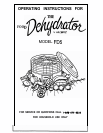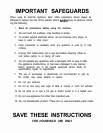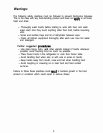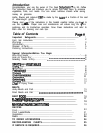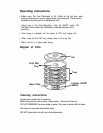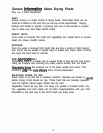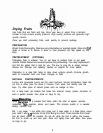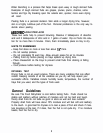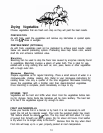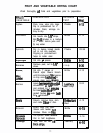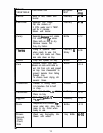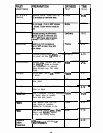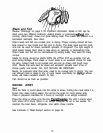
Highlights
Be sure to choose fresh, ripe fruits and vegetables. Quality meats;
herbs and flowers will help insure good results.
Clean produce thoroughly before using.
Cut foods
Slices that are about thick work the best.
Foods can be sliced, shredded or diced. Cut foods, then quickly place
to dry.
Don’t overlap pieces on the trays, however, they may touch.
Drying times are affected by the humidity, thickness of slices and moisture
content of the foods. Keeping good records will help adapt drying habits
to these variables.
Dried foods will have a pliable texture similar to licorice.
A small percentage of moisture is retained in the dried foods.
Rotate trays if you notice uneven drying. Simply move the bottom trays
to the top and the top trays down towards the bottom.
Blanching or steaming of vegetables is recommended to help retain color.
Blanching also helps break down waxy skins on fruits like grapes to help
with even drying.
For best results, keep all five trays in place while drying, whether they are
used or not.
Always use the Fruit Roll Insert on the top tray. This will help ensure even
air flow to all trays.
If using cheesecloth, use on top two trays only. This will ensure proper air
flow.
SEE SPECIFIC INSTRUCTIONS ABOUT DRYING MEATS AND
POULTRY.



